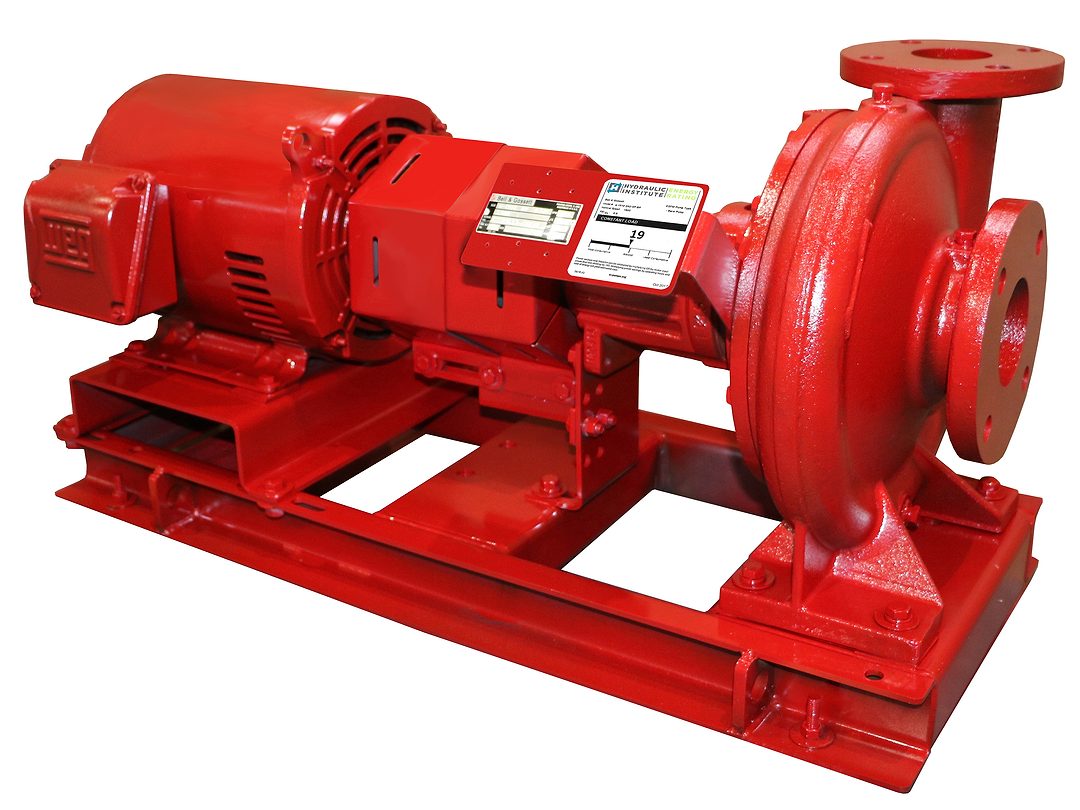Bell & Gossett e-Series pumps display Hydraulic Institute’s Energy Rating

Xylem’s Bell & Gossett brand announced that all newly produced pumps in its e-Series line now display pump efficiency data required by the Department of Energy, making it the first manufacturer to attain compliance with the DOE’s Pump Energy Conservation Standards that take effect in 2020.
All of B&G’s e-Series pumps that fall within the DOE scope are being outfitted with the Hydraulic Institute Energy Rating (ER) label. The ER metric is based on the pump efficiency index (PEI) in the DOE standards, which requires that pumps perform to published performance data and be tested to DOE test standards.
“The labeling of pumps is the final step in the compliance process, and signifies to end users that B&G pumps meet DOE criteria for energy efficiency and have been tested for compliance in a third-party-certified test lab,” said Mark Handzel, Global Vice President, Product Regulatory Affairs & Compliance, Xylem Inc. “Not only were we the first manufacturer to bring compliant pumps to the market, we are the first to label them as such, which can assist end users in making educated decisions on ways to reduce energy consumption.”
Bell & Gossett’s e-Series pump family is manufactured at the Xylem facility in Morton Grove, Illinois; the facility’s test labs were certified by the HI Pump Test Lab Approval Program (PTLAP) in 2016. The Xylem facility in Seneca Falls, New York, is also an approved test lab.
The HI Energy Rating label provides estimated annual power savings for a specific pump along with the DOE-required PEI information. Products with the ER label are listed in a database on the HI Energy Rating Portal, searchable by manufacturer, model number and rating ID listed on the hydraulic energy rating label distributed with the pump.
“The ER label and portal are also valuable tools for public utilities and energy program administrators to provide incentives for selecting pumps that result in lower overall energy use and long-term environmental benefits,” Handzel said.




